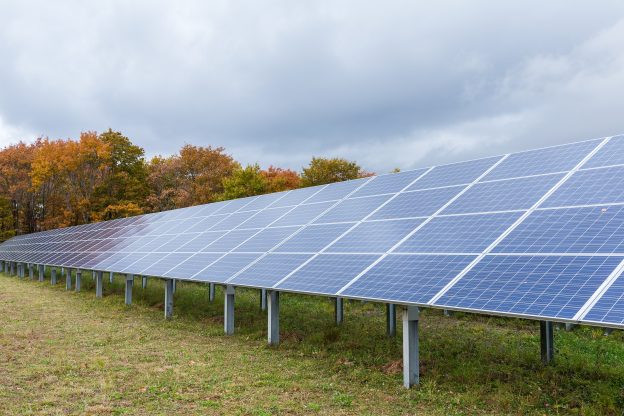TCL Zhonghuan publicly "admitted its mistakes" at the end of August, adjusted its strategy, and reduced its operating rate and inventory; Longi Green Energy subsequently announced a price increase for silicon wafers, and TCL Zhonghuan followed suit. Daqo Energy significantly reduced its operating rate in Q3, and various silicon material factories increased maintenance, with N-type silicon material prices rising by more than 7%. At the same time, component prices hit new lows one after another. By the end of September, the component bidding price had fallen below 0.65 yuan/w.
The price increase of silicon wafers originated from the strategic adjustment of TCL Zhonghuan. Because at that time, TCL Zhonghuan's market share exceeded 20%, and there was a huge inventory of silicon wafers, which suppressed the price of silicon wafers, and it had been fully opened before, suppressing the price of silicon wafers to below the advanced cost of the entire industry. TCL Zhonghuan's strategic adjustment is conducive to the destocking of silicon wafer production capacity and the reduction of supply.
Secondly, the price of silicon wafers has long broken through the cash cost of the entire industry, becoming the most loss-making link in the photovoltaic industry chain, and the price is a small repair. The rise in silicon material prices is also due to the fact that some companies have significantly reduced their operating rates after falling below the cash cost of the entire industry. Daqo Energy's Q3 operating rate dropped from 100% to 50%, and the release of new silicon material production capacity was partially delayed.
In the first half of 2024, the component link did not actually suffer losses due to the futures effect, and even made profits in some overseas markets. However, the prices of silicon materials and silicon wafers belong to the "spot market", and the price decline is faster. The component price system itself has a delayed effect, so the current decline in component prices itself is a domino effect of the fundamentals of the photovoltaic industry chain.
In addition, the TOP4 companies have increased their competition or maintained market share. In the fourth quarter of 2023, JA Solar first grabbed the market at a low price due to the downward revision of its market share; before that, Longi Green Energy could not sit still and lowered its price to maintain its market share; and now JinkoSolar has cut prices on a larger scale to maintain its position as the industry leader.
The recent component bidding shows that the overall average price of the TOP4 bids has been significantly lower than the industry bidding average price for a long time, which should be the first time in the history of photovoltaic component bidding in recent years.
At the same time, it is not ruled out that some companies have also lowered the component bidding price in order to maintain the "huge upstream and downstream net value" scale to maintain cash flow. However, overall, the component battery segment has not yet broken through the cash cost of the entire industry, which is better than the silicon material and silicon wafer segments. The continued weakening of component prices is a reflection of the supply and demand pattern.
The continued low prices of battery components will lead to large-scale losses in the "whole links" of photovoltaic main materials, and no one will be spared (except that most of the market is overseas). And it will gradually transmit and affect the huge upstream and downstream account size and balance sheet security. The continuous decline in battery component prices is the last link in the photovoltaic industry's clearing, and it is also the most important link:
Previously, specialized battery component companies relied on the futures effect to maintain a small loss or even profit. With the pressure on new battery component companies, the industry's clearing has intensified. Traditional integrated leading companies have long been under pressure due to the high silicon content. Leading companies can still rely on overseas markets and cost advantages to maintain, while weak companies cannot be spared. The industry's clearing has intensified. 2. With losses in all links, the business model of the industry's upstream and downstream account will be severely tested, especially the battery component link with a larger account size, which will be severely tested, and the relationship between expansion and loss will be suppressed and adjusted. Then, the competition pattern and market share are maintained by "irrational strong monetary funds reserves" to change to a healthy business track of "adjusting scale according to cost and profitability". 3. As the price of photovoltaic modules has fallen more than expected, it is almost certain that the clearance of the photovoltaic industry is entering the final stage and we are eagerly awaiting it.
Source:https://mp.weixin.qq.com/s/BQTFTqVRcXjX9fCxfUE1ng






